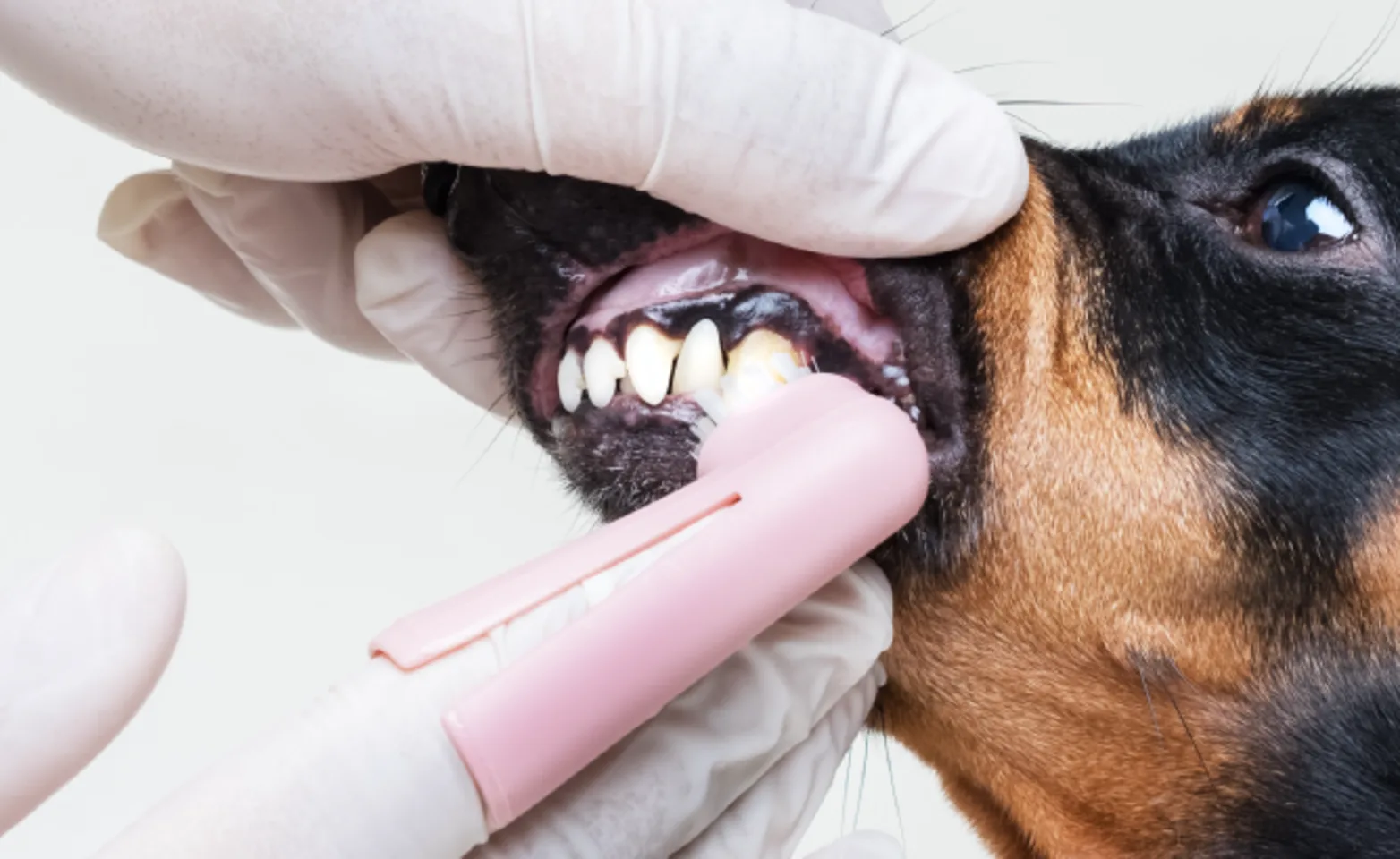Nashville Veterinary Specialists
Management of Tumors of the Canine Oral Cavity
Tumors of the oral cavity account for 6% of all canine tumors. Affected animals will typically present with a history of dysphagia, halitosis, ptyalism or bleeding from the oral cavity. An owner may describe facial asymmetry or observe “something” in the dog’s mouth. Surgery is the preferred treatment for the following canine oral masses.
Melanoma accounts for 31% – 42% of canine oral tumors. Two-thirds of melanomas are pigmented and these masses are typically ulcerated. Non-pigmented or amelanotic melanomas are more difficult to diagnose and often require special histopathologic staining techniques.

Squamous cell carcinomas are typically raised, red, ulcerated and cauliflower shaped. Those located at the base of the tongue or in the tonsillar crypts have a much more aggressive behavior than more rostrally located masses.
Fibrosarcomas typically occur in large-breed dogs and are firm, flat, broad-based and ulcerated on gross examination. They infrequently metastasize but are typically locally aggressive.
Epulides arise from the periodontal ligament associated with the tooth root. These tumors do not metastasize.
Cancer staging begins with a thorough physical examination and includes baseline blood work (i.e., CBC, serum chemistry), thoracic radiographs and regional lymph node aspiration. Computed tomography is often needed to define the extent of disease. Incisional biopsy is indicated prior to aggressive surgical treatment.
Mandibulectomy, maxillectomy and glossectomy are the most commonly performed surgeries for oral neoplasms. All can be performed with good to excellent functional results. Post-operative care involves pain management, assisted feeding and short-term prevention of oral trauma.
